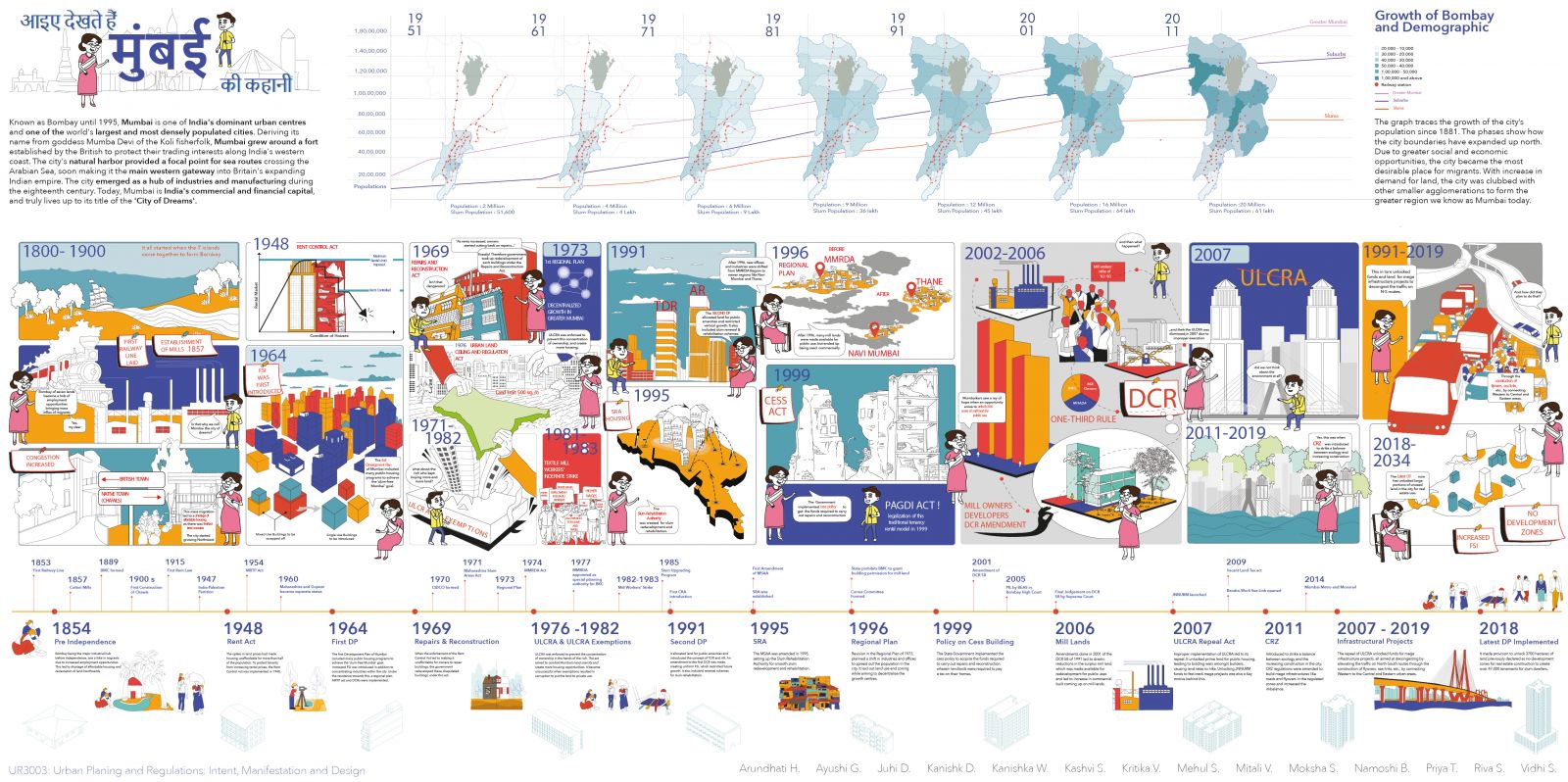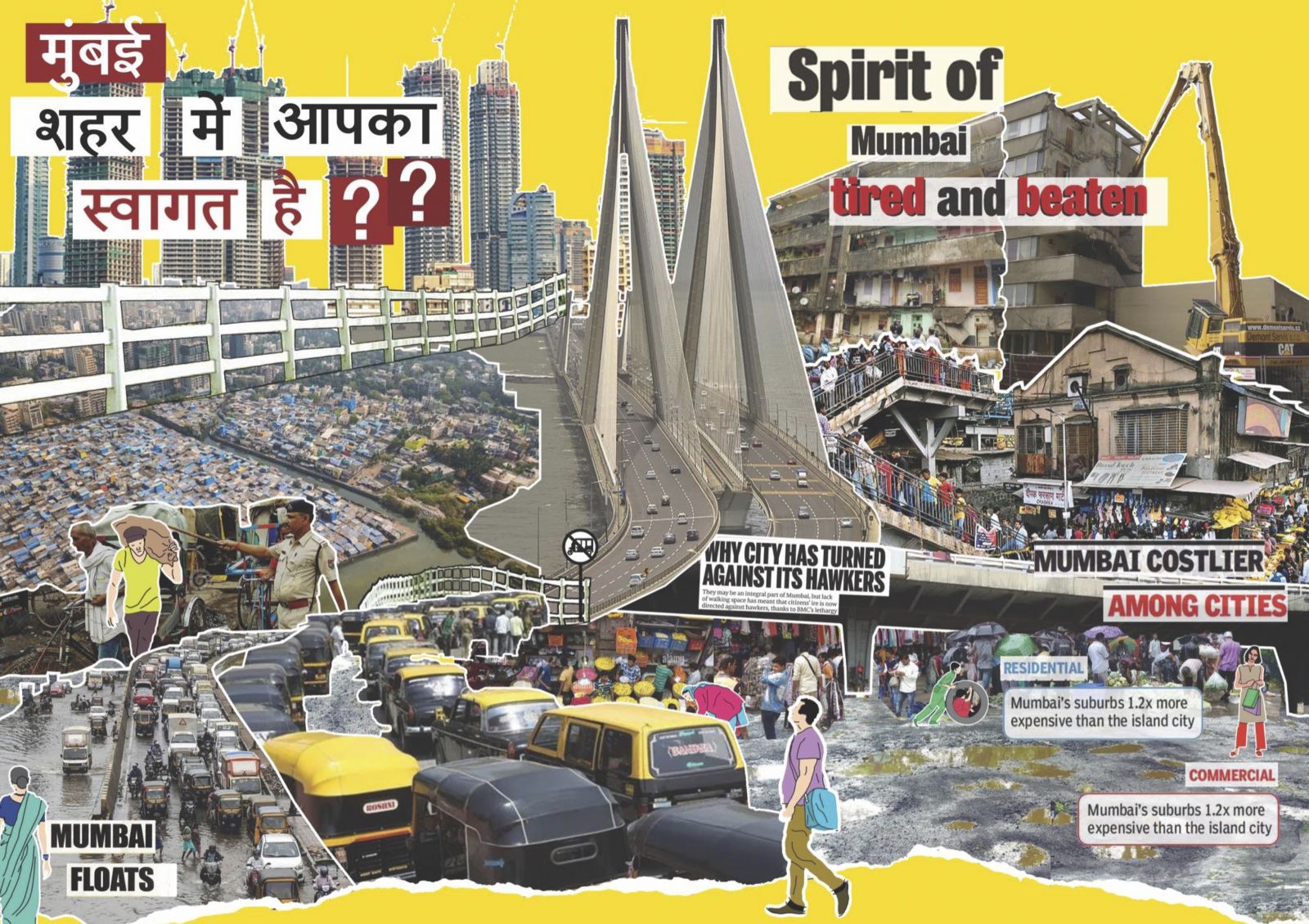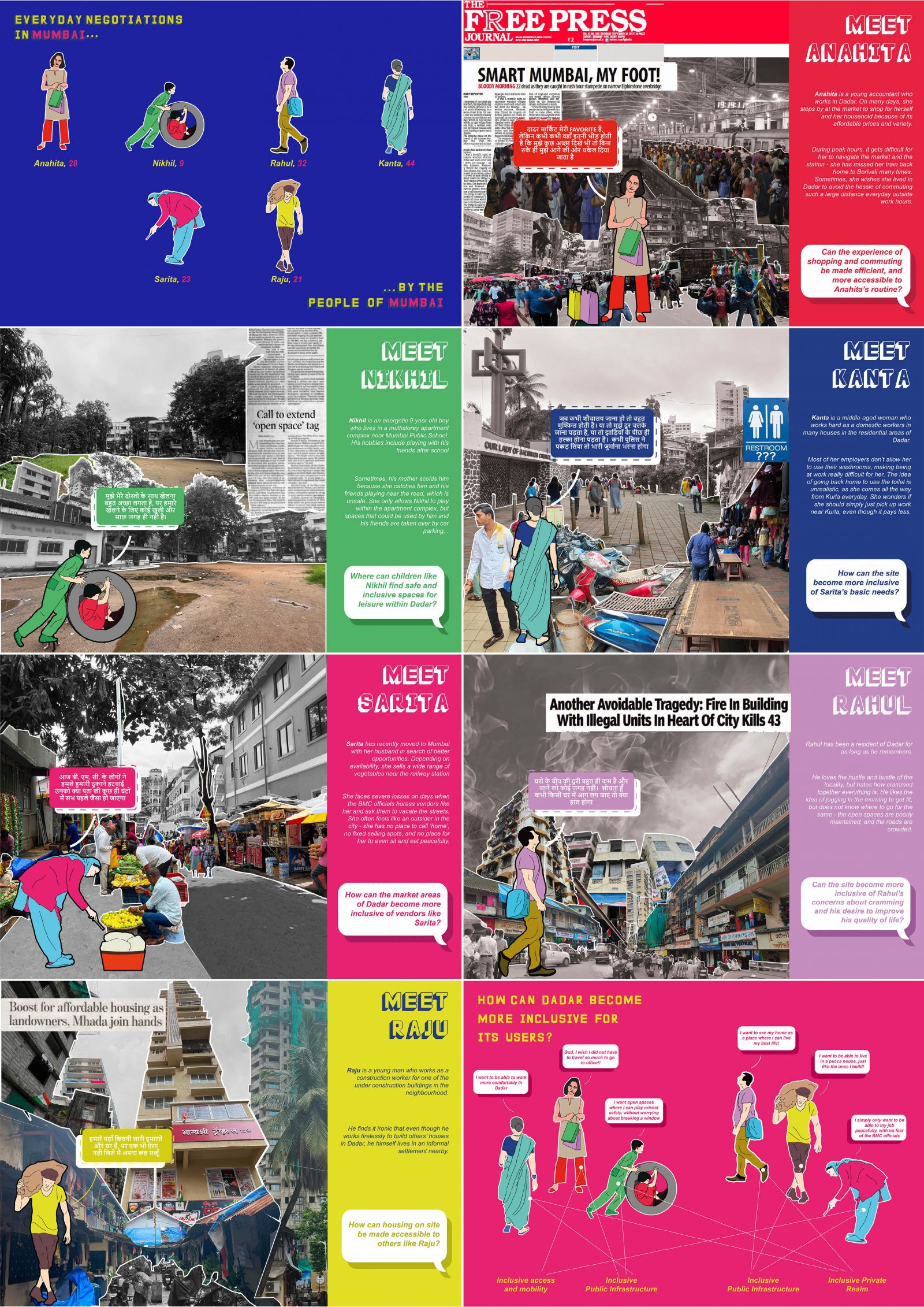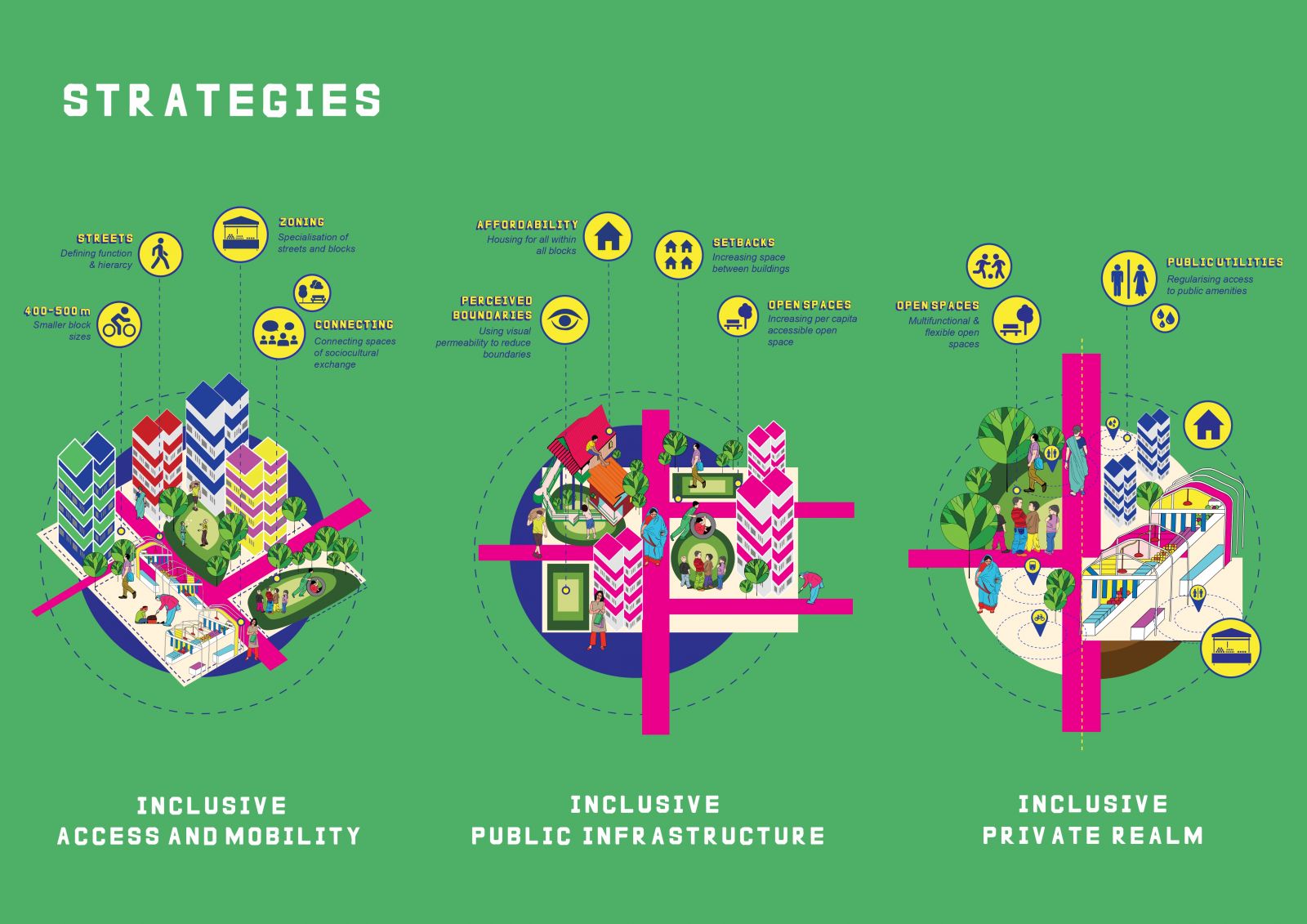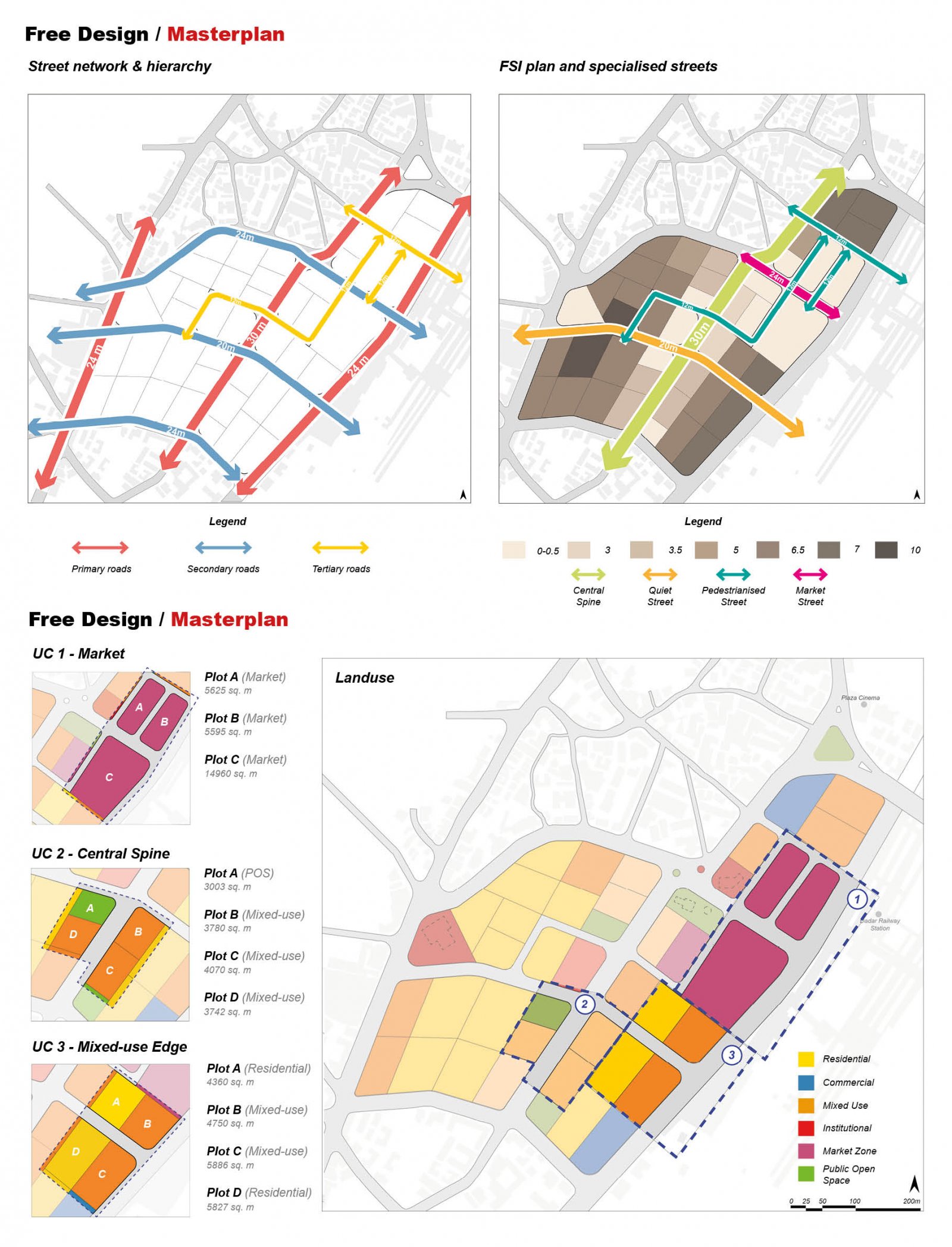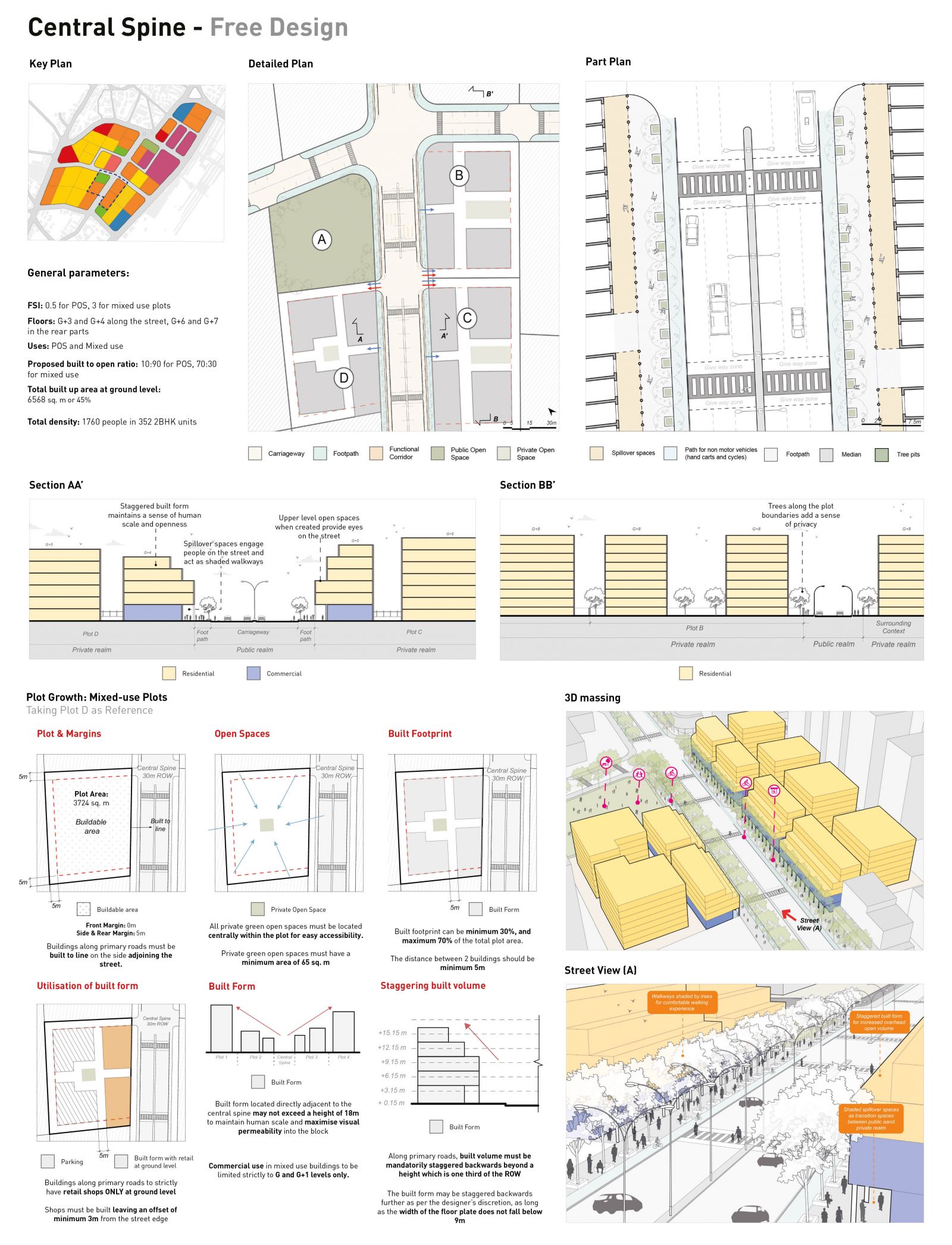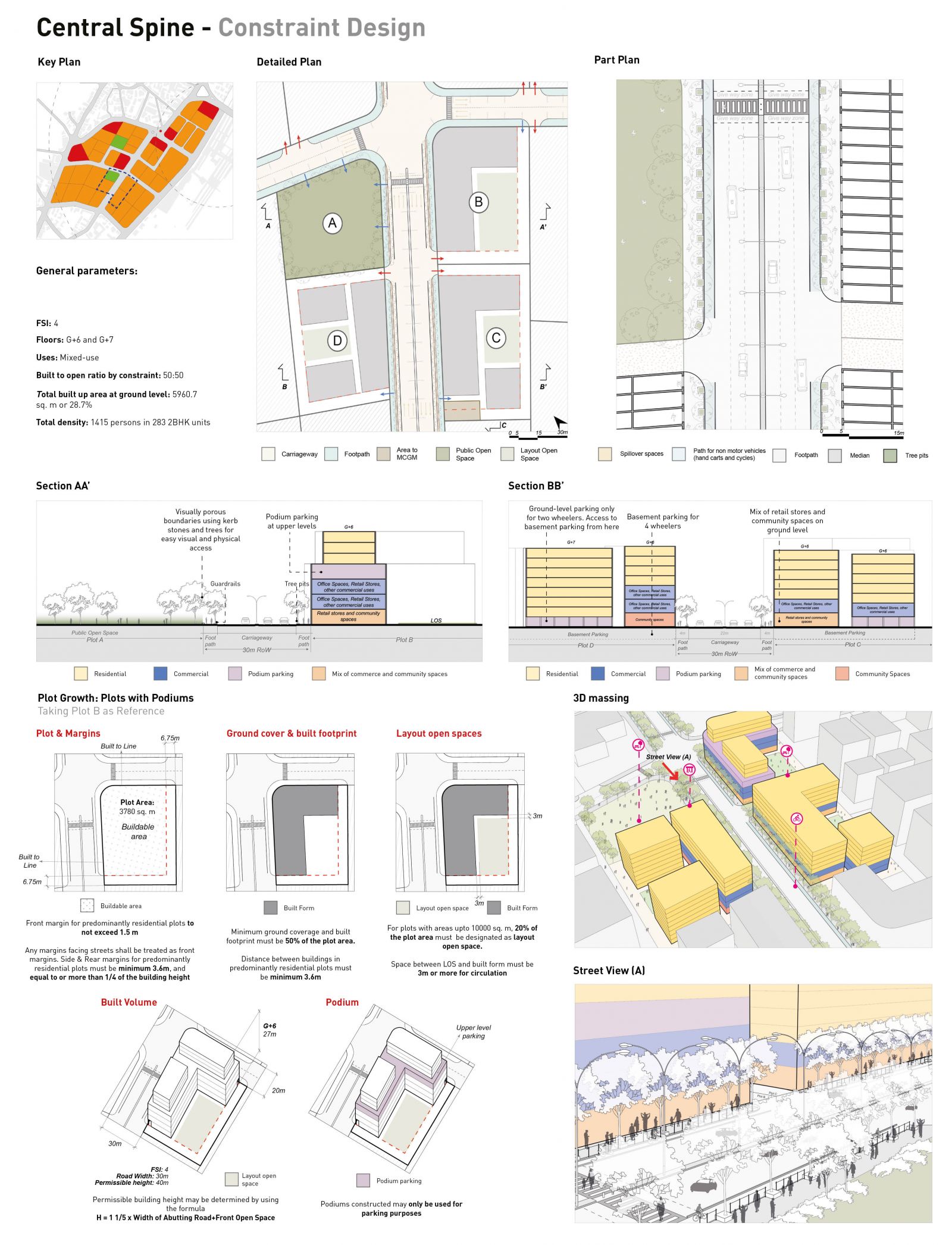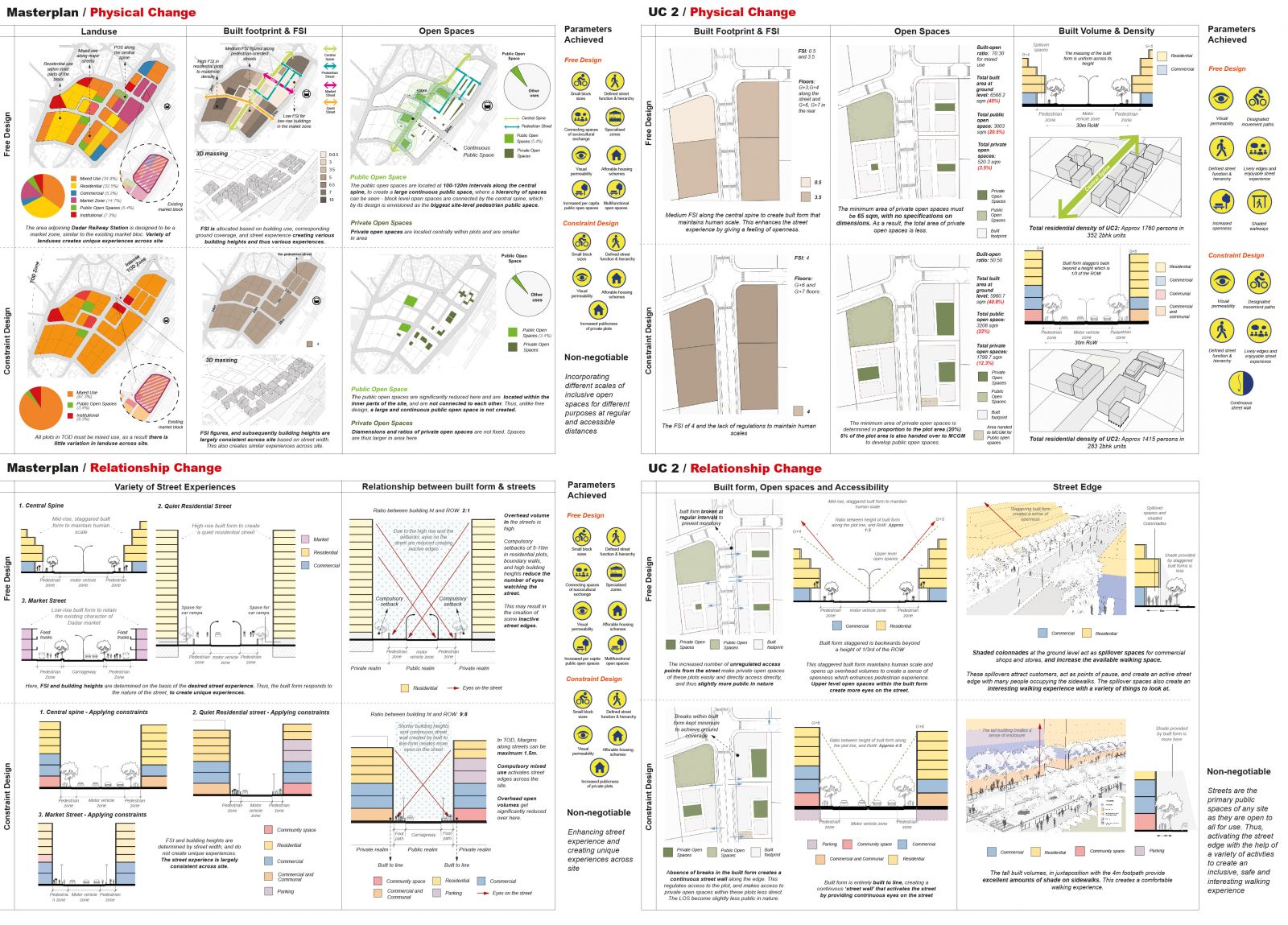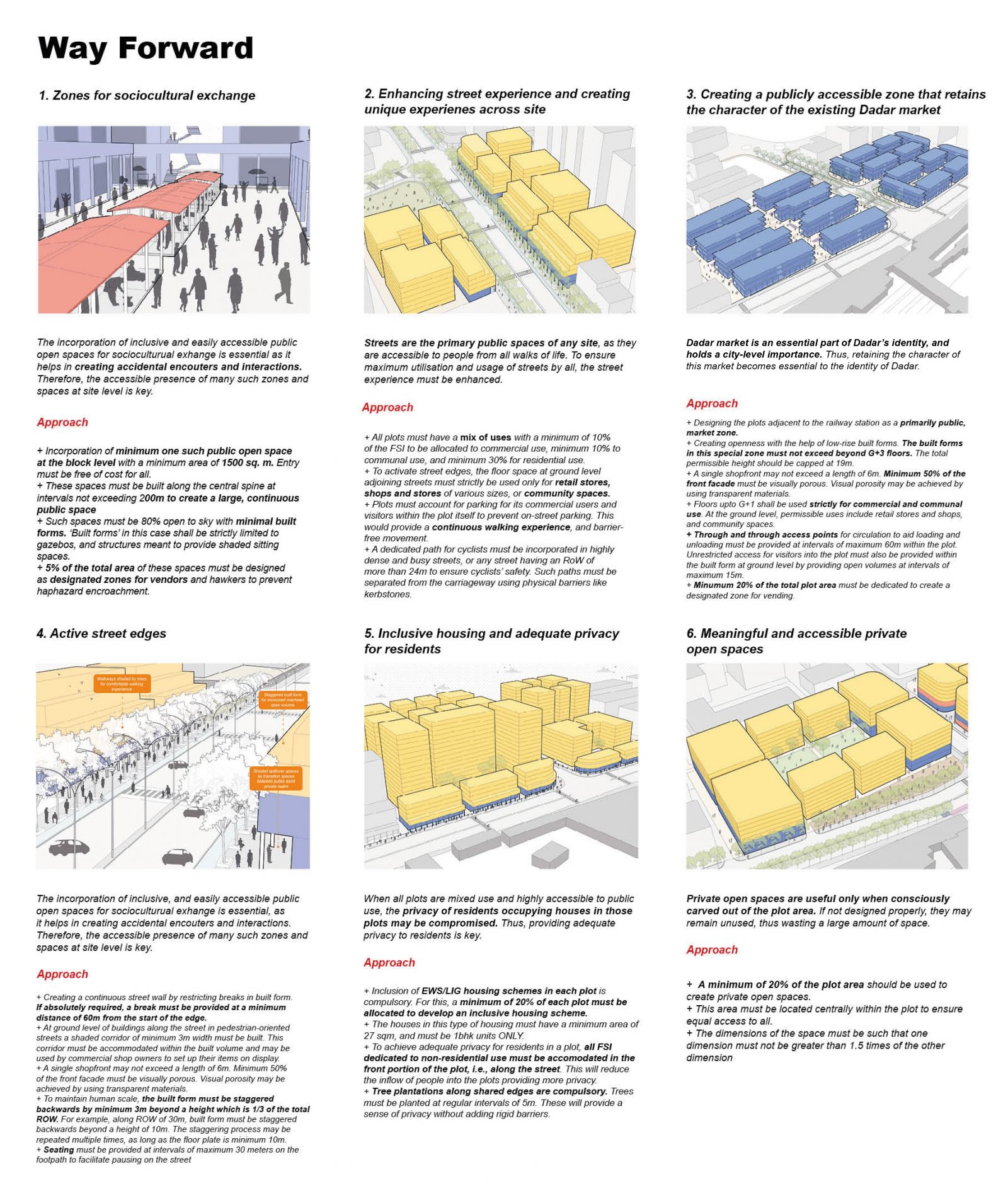Your browser is out-of-date!
For a richer surfing experience on our website, please update your browser. Update my browser now!
For a richer surfing experience on our website, please update your browser. Update my browser now!
For migrants, Mumbai, the city of dreams, has always been at the centre of opportunities and aspirations. The fixed availability of land in the city has led to skyrocketing land prices and high density of population - causing the city to better accommodate those with the ability to purchase their claim to the city. Dadar, with its multiple uses and functions, and its diverse identity, holds the potential to become a model inclusivity in an exclusive city for the coexistence of its varied functions and stakeholders in an organised, efficient manner. The project thus imagines Dadar as an inclusive neighbourhood, where access to and within the site is simplified to accommodate all its uses and users in an organised, efficient manner.
View Additional Work